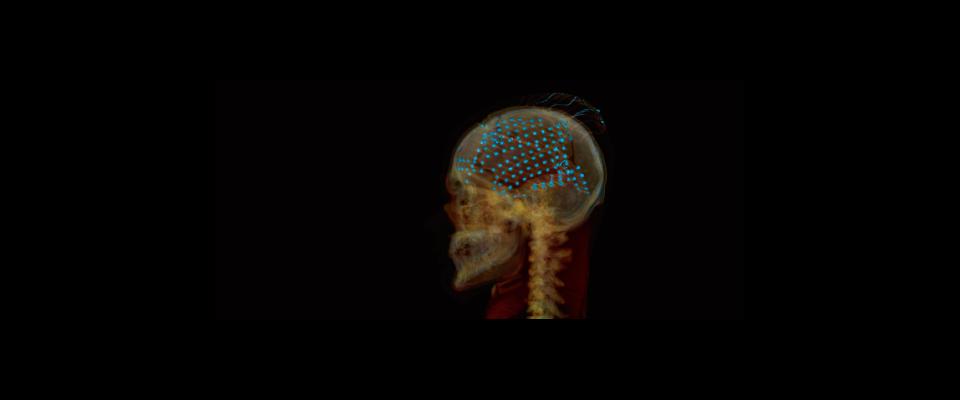The brain is often depicted as a map divided into distinct “states,” each responsible for various cognitive functions—the language center, the taste center, and so on. Yet Berkeley graduate student Adeen Flinker’s new research on the auditory cortex could change our fundamental understanding of these regions by dismantling the long-held concept of autonomous sensory centers and showing just how complex and interconnected the brain actually is.
Flinker, who studies at the Helen Willis Neuroscience Institute, found a unique opportunity to test scientists’ previous understanding of the brain. A group of patients were undergoing treatment for a severe form of epilepsy and had already had electrodes implanted in their brains to allow neurosurgeons to monitor the patients’ brain activity while the patients, fully cognizant, relaxed in the hospital. It was a rare circumstance that enabled Flinker to see brain activity patterns “at a higher resolution” than researchers had before. Though Flinker’s findings would not benefit most of the patients, many volunteered to participate. “They could either be sitting watching TV,” Flinker jokes, “or sitting doing our boring experiment for science.”
The task the patients were asked to do was simple: Listen to a series of English phonemes and then repeat them back. Previous research predicted that the auditory cortex would be active during the listening portion of the test but suppressed during the speaking portion. As Flinker examined the subjects’ brain activity, however, he discovered that this notion was incorrect. Though some areas of the auditory cortex were suppressed during speech, others showed extremely high levels of activity. In fact, some spots were only active when a subject was speaking.
But why would even a small part of the auditory cortex need to be so active during speech? Flinker can’t say for sure, but he thinks it has to do with how our brains distinguish between “things that are happening to you,” as he put it, and “things you’re doing”; between external and internal voices; between ourselves and others.
Flinker’s work demonstrates how interrelated and intricate our brains really are. “It opens up a small door that we didn’t know was there before,” Flinker says, “And that will help other [researchers] move into that direction and find other doors. That’s the scientific method.”




















